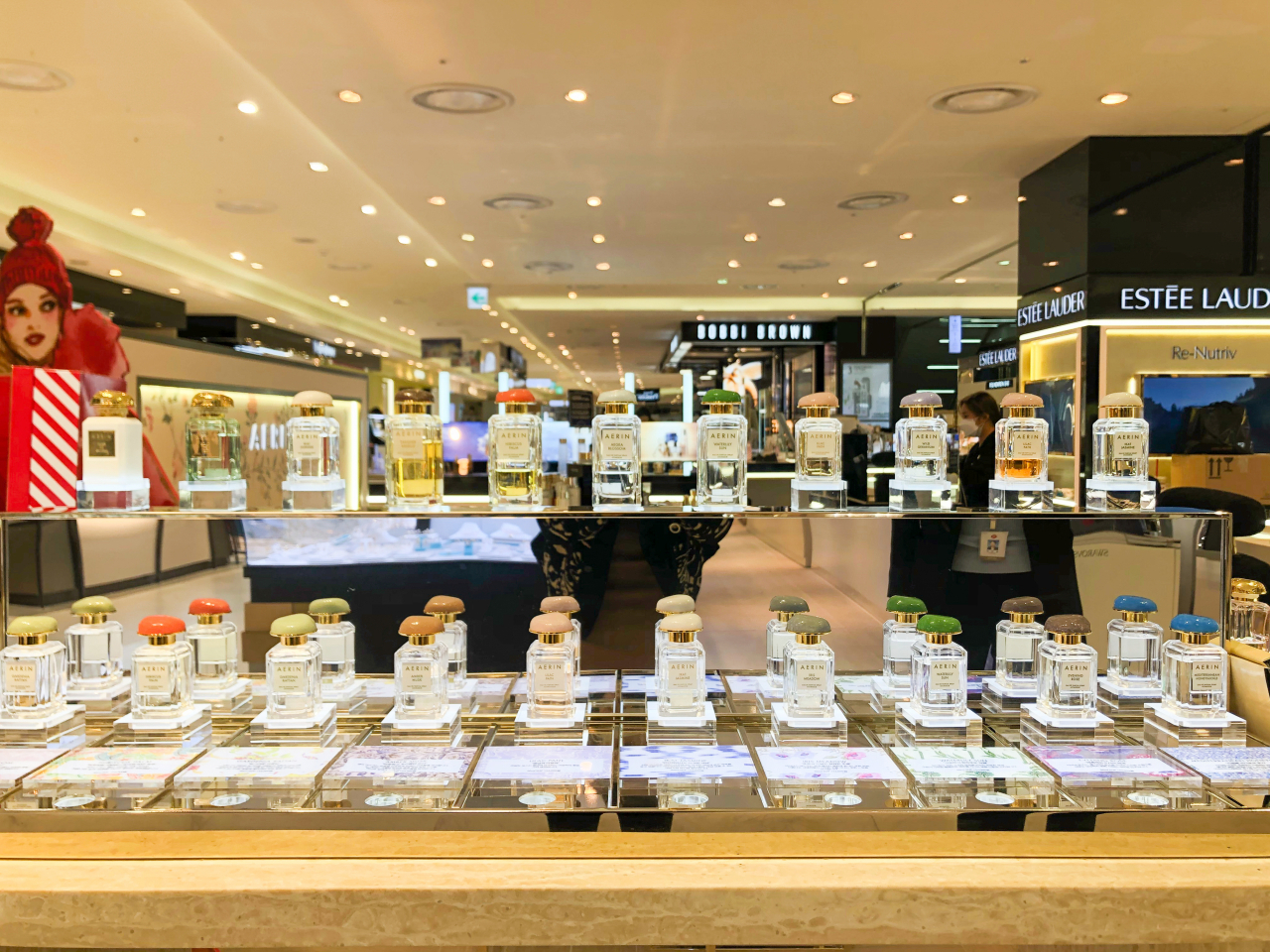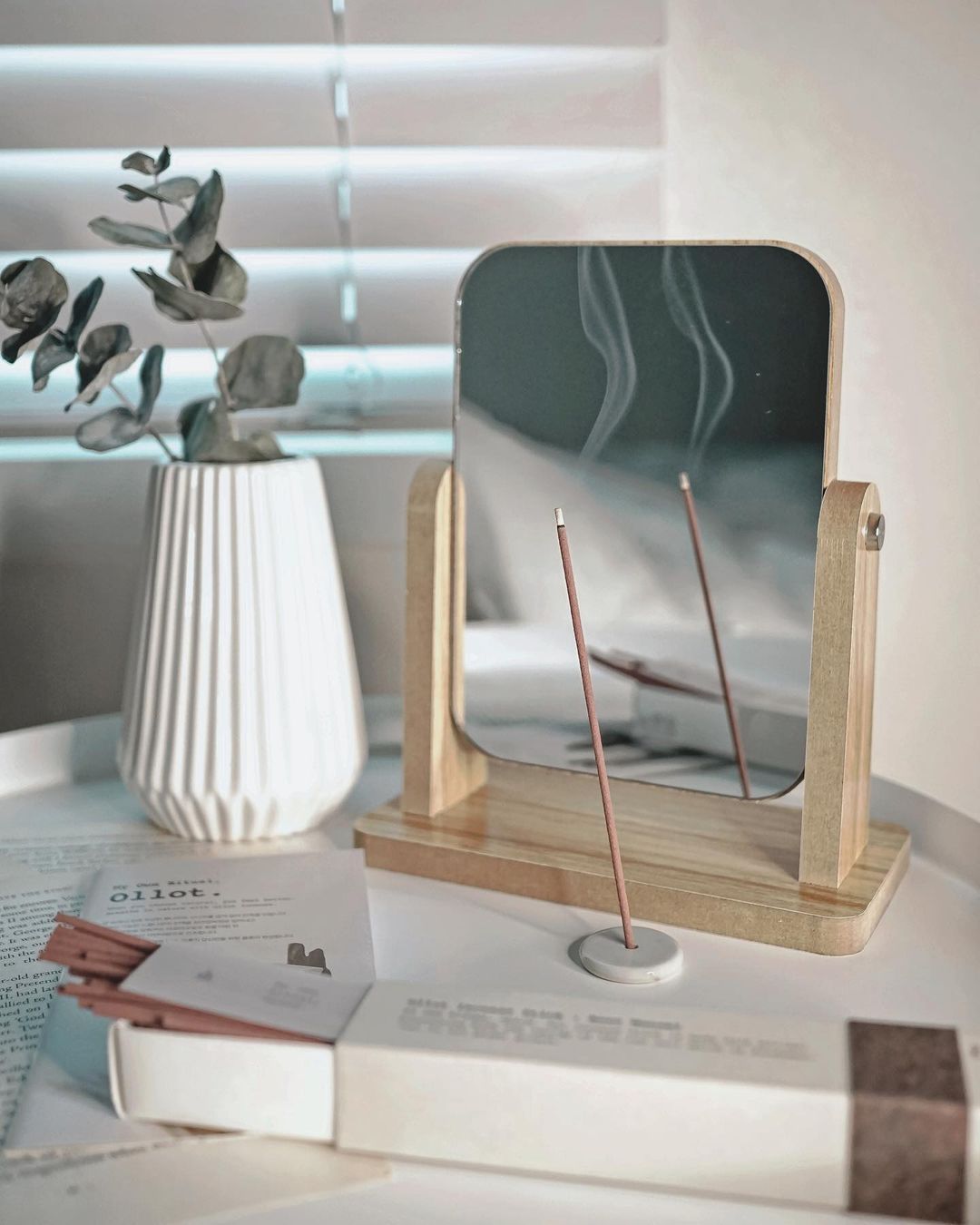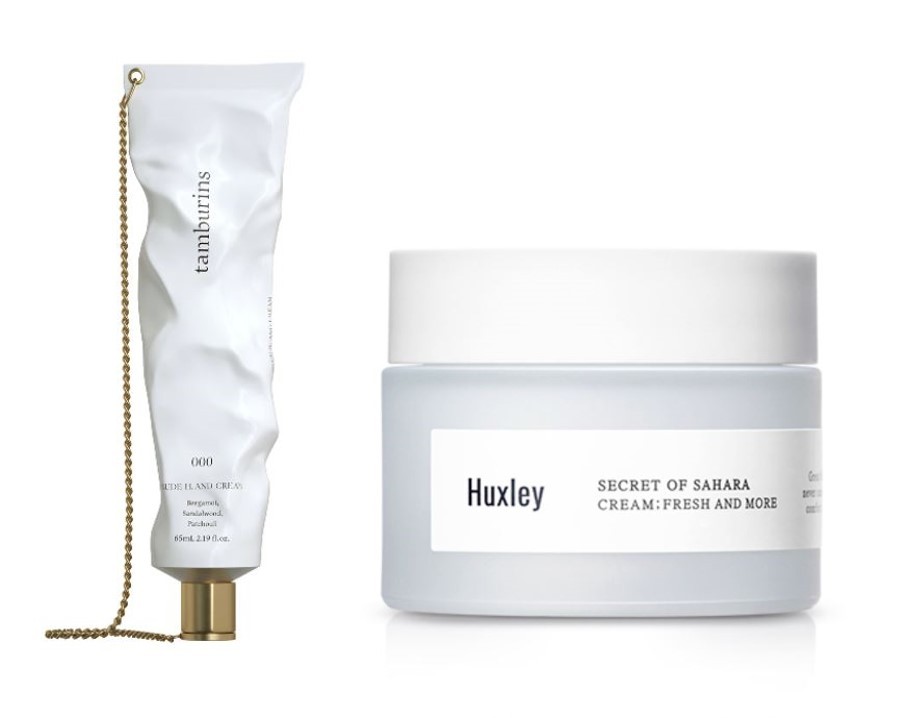Korean fragrance market soars on pandemic blues
Experts say we depend more on our sense of smell during crisis
By Kang Jae-eunPublished : Dec. 26, 2021 - 16:47

The market for fragrance products has seen an unprecedented expansion both in size and type of products, with more consumers, especially those in their 20s and 30s, opening their wallets for new olfactory experiences in the middle of the coronavirus pandemic.
According to global market watcher Euromonitor, Korea’s fragrance market grew 36.4 percent from 2018 to 2019, and is projected to reach 650 billion won ($547.5 million) by 2023.
“During a crisis, we depend more on our olfactory senses. Sniffing good fragrances is one of the fastest ways to recharge energy and to overcome depressed feelings,” said Park Ji-sook, author and a renowned expert on mind healing.
Incense sticks
One item recently gaining traction from young Koreans is incense sticks. When burned, a fragrant smoke fills the room.
While the item was originally used for religious purposes, 20- to 30-something Koreans have found a different use for it -- zoning out in front of the smoke, or “hyang-meong” in Korean.
For Jang Ji-hoon, hyang-meong is part of his everyday routine after work. He de-stresses every evening by lighting up his incense sticks and watching the thin streak of Ylang Ylang-scented smoke rise from the tip.
“The delicate and subdued scent of incenses sticks really calms me down,” said the 35-year-old office worker.
Consumer studies professor Lee Eun-hee of Inha University predicts incense sticks will become even more popular in the future, on the back of growing interest in home furnishing in Korea. Not only do young people want to decorate their space with beautiful items, they also want to fill it with good smells, she said.
”As a country’s national income increases, people’s focus move on from clothes to food and then to living spaces. Considering our nation’s high income level, more young people will be interested in making their personal spaces both look and smell good,“ she said.

Niche perfumes
Another category on the rise is niche perfumes that are usually custom-made by companies dedicated to creating perfumes, as opposed to perfumes from fashion houses.
They may come with a higher price tag, twice or triple the price of mass-market perfumes, but are the bestselling category in the nation’s fragrance market, taking up almost 90 percent of the total sales, according to Euromonitor.
Due to the pandemic, wearing perfume has now become much more of a fashion statement. Observers say this is because people are no longer able to distinguish themselves with makeup or clothes, especially when half of their faces are covered by a mask, and they spend most of the day socially distancing at home.
Hwang In-jeong, who is in her 20s, also uses fragrance to express her personality. The recent university graduate splurged a total of 1 million won on seven bottles of niche perfumes, but says she is willing to spend more to find a scent that makes her stand out from the crowd.
“Well-known perfume brands are equally good, but I wouldn’t be happy if a stranger smelled like me. Fragrance is a way to show people who I am. I fell into niche perfume because their smell has character,” she said.
And to cash in on consumers like Hwang who are willing to go all-out and pay more for unique fragrances, the retail industry is rushing to bring in niche perfume brands to Korea.
Recently, local fashion retailer LF Corp. said it will open Jovoy, a French perfume select shop, next February. The shop is considered a “mecca” for perfume maniacs in Europe for its diverse and rare fragrance offerings. The price for a bottle of perfume starts at around 65,000 won and could go up to 2 million won.

Scented skincare
Creating a unique and enjoyable smell is also becoming important for skin care brands. And more new K-beauty brands are starting to apply unique and signature fragrances to their products.
“It used to be only luxury, niche perfume brands that applied their signature scent to hand creams and body lotions. Now we are seeing more Korean skincare brands putting extra care in smell too,” said a spokesperson from Cosmax, a local cosmetics producer.
One successful example is Tamburins, a hand cream brand developed with Cosmax and created by fashion sunglass maker Gentle Monster. Even from the early stages of product development, the brand insisted on having to create a unique smell, Cosmax said.
Its unique, musk-scented hand creams grew in popularity through word of mouth among 20 to 30-something Koreans. Just two years after its launch in 2019, the brand entered Sephora, the health and beauty store brand owned by LVMH, which operates around 2,600 stores in 34 countries.
CJ Olive Young, the Korean retail giant, has recently coined a new term to call this fast-growing category: “scent body” products, after seeing sales surge nearly 90 percent over the past year.
“We have selected ‘scent’ as one of the key beauty trends next year. We are seeing a drastic expansion in the product portfolio of the fragrance sector,” said a CJ Olive Young spokesperson.







![[KH Explains] How should Korea adjust its trade defenses against Chinese EVs?](http://res.heraldm.com/phpwas/restmb_idxmake.php?idx=644&simg=/content/image/2024/04/15/20240415050562_0.jpg&u=20240415144419)










![[Today’s K-pop] Stray Kids to return soon: report](http://res.heraldm.com/phpwas/restmb_idxmake.php?idx=642&simg=/content/image/2024/04/16/20240416050713_0.jpg&u=)